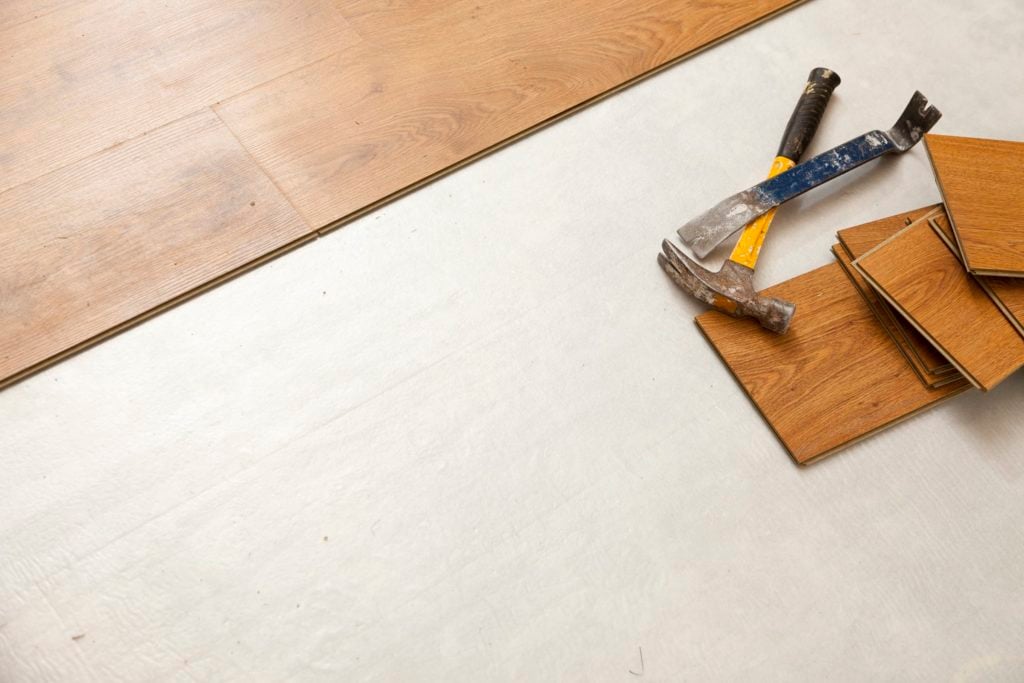Taking on a do-it-yourself (DIY) flooring project can be a rewarding experience, whether you’re a homeowner looking to upgrade your living space or a house flipper aiming to increase a property’s value. However, DIYing your floors also comes with its share of challenges. To ensure a successful flooring project and avoid costly mistakes, here are four common pitfalls to steer clear of:
Underestimating the Importance of Proper Preparation
One of the most common mistakes DIYers make is underestimating the importance of proper preparation. Rushing into the installation without adequately preparing the subfloor can lead to uneven flooring, squeaks, cracks, and premature wear. Always take the time to clean, level, and inspect your subfloor thoroughly before proceeding with the installation.

Choosing the Wrong Flooring Material
Selecting inadequate flooring material is another frequent DIY mistake. It’s essential to consider the specific needs of the room, such as foot traffic, moisture levels, and overall aesthetics. Laminate and hardwood flooring might be perfect for a living room but could be unsuitable for a bathroom or kitchen due to moisture concerns. Carpet in a high-traffic entry area will show wear more quickly than in a bedroom. Research different flooring options and choose the one that best fits your space, lifestyle, and budget.
Ignoring Acclimation and Curing Times
Many DIYers forget about or skip through the acclimation process, which involves letting the flooring material adjust to the room’s temperature and humidity levels before installation. Failure to allow sufficient acclimation time can lead to buckling, warping, or gaps in the flooring. Follow the manufacturer’s guidelines and give your flooring enough time to acclimate to the environment.
Especially with certain materials such as tile sealant, caulk, grout, and polyurethane for hardwood, letting your floors cure for the proper time is also a vital step of flooring installation.
Improper Measuring and Cutting
Precision is vital when it comes to flooring. Incorrect measurements or inaccurate cuts can lead to wasted materials, awkward edges, and uneven flooring. Take your time to measure and use appropriate tools to ensure precise cuts and a professional-looking finish.
DIY flooring projects can be a fantastic way to enhance your home or investment property while saving money on installation costs. However, it’s crucial to avoid common mistakes that can lead to unsightly and costly flooring problems. If you ever feel unsure about any aspect of the project, don’t hesitate to seek advice from experts or hire a professional flooring contractor to do the job for you.
The content in this blog post is meant for informational purposes only and should not be considered a substitute for professional flooring installation services or advice.